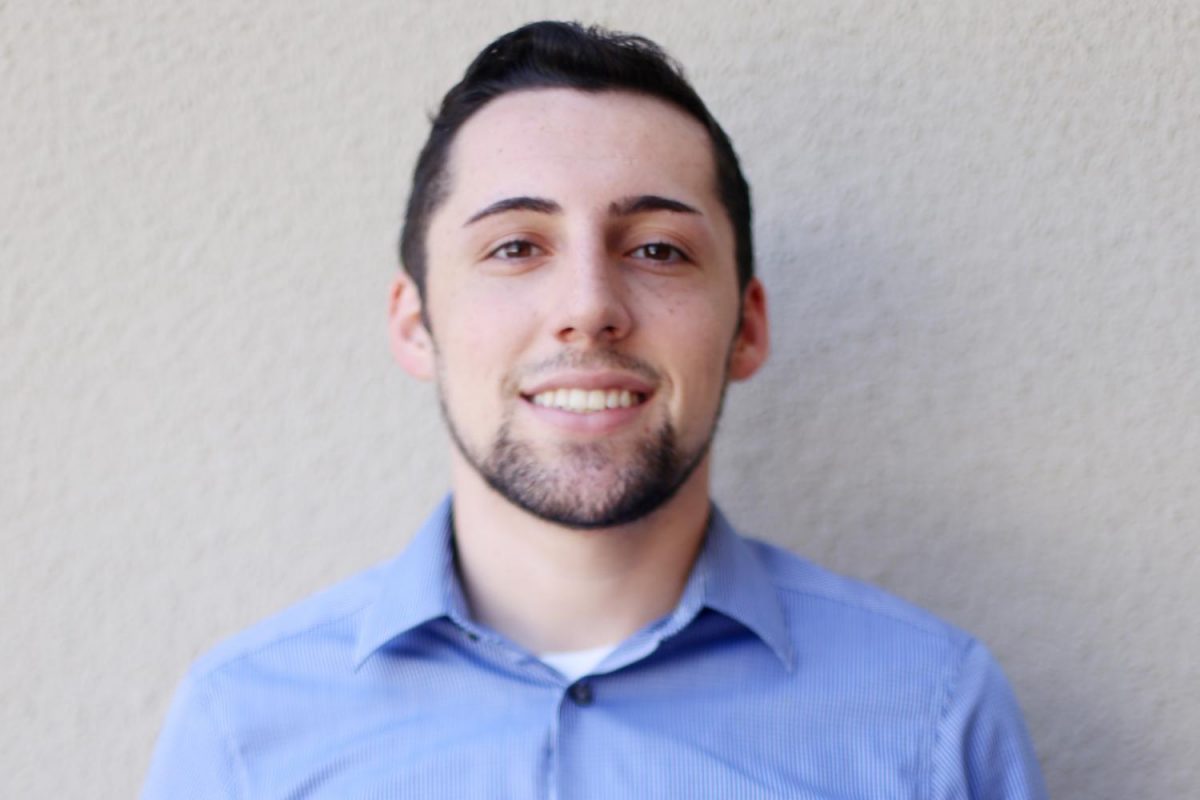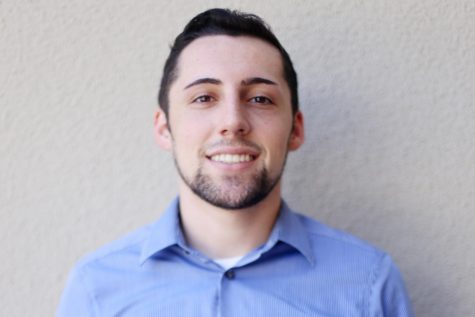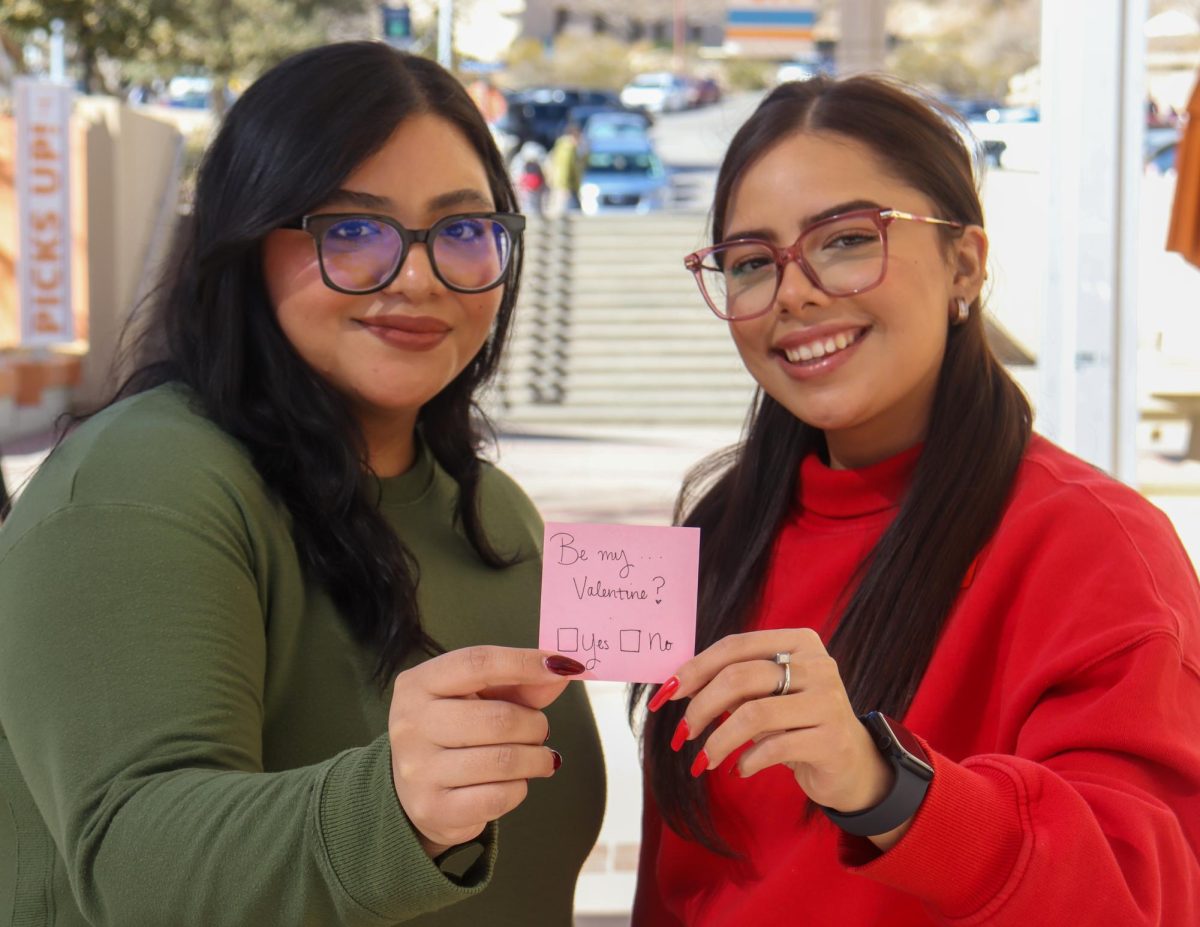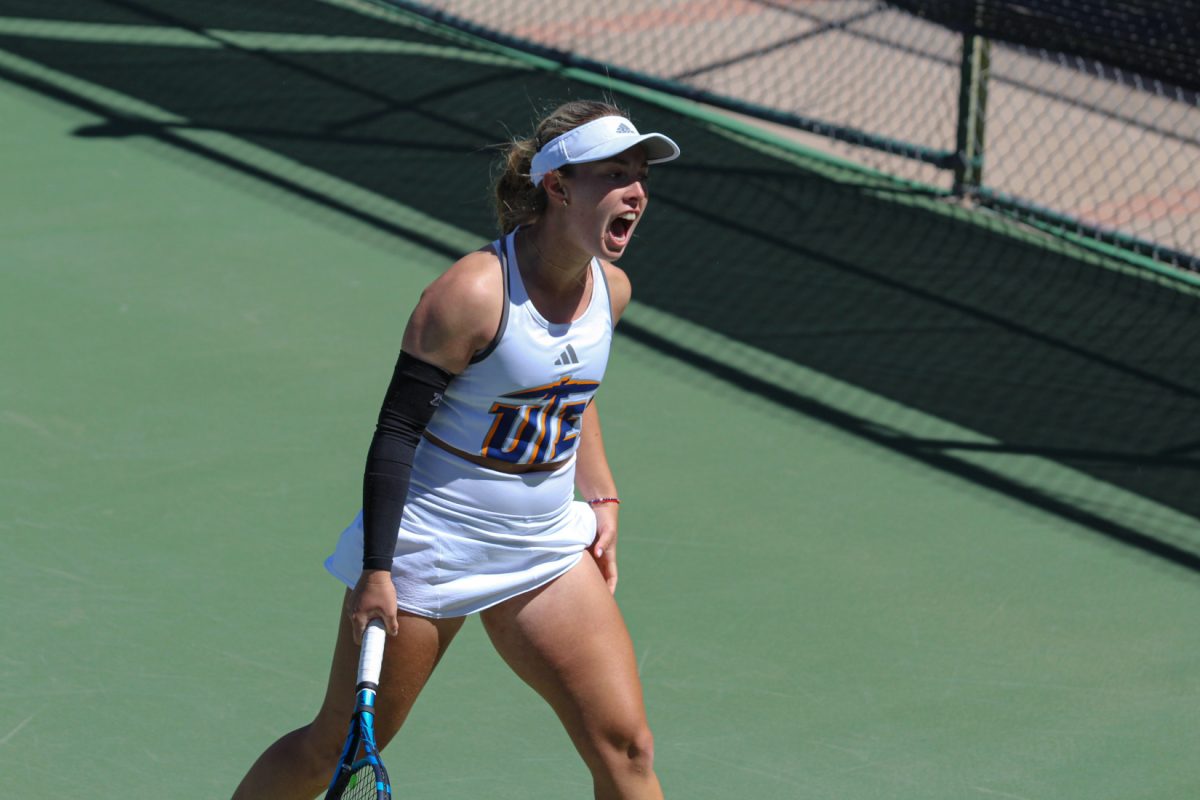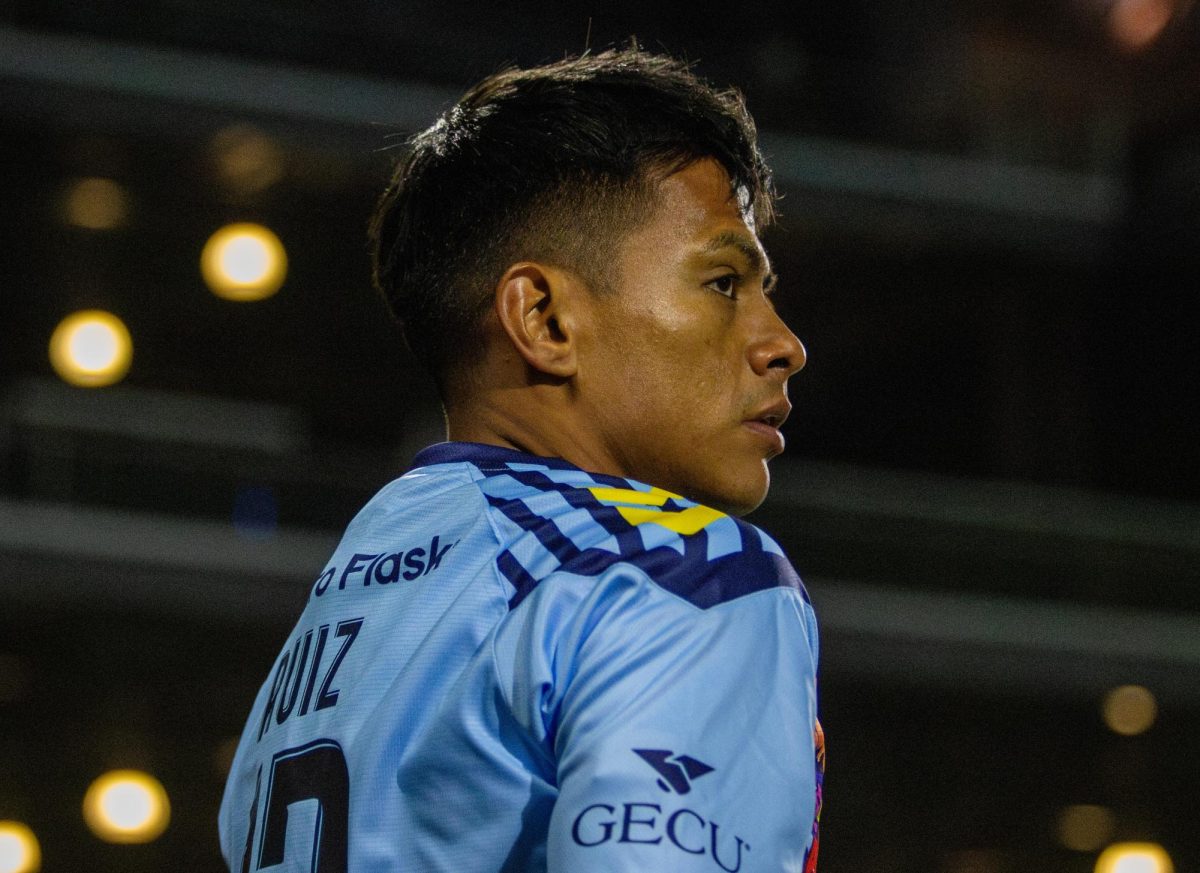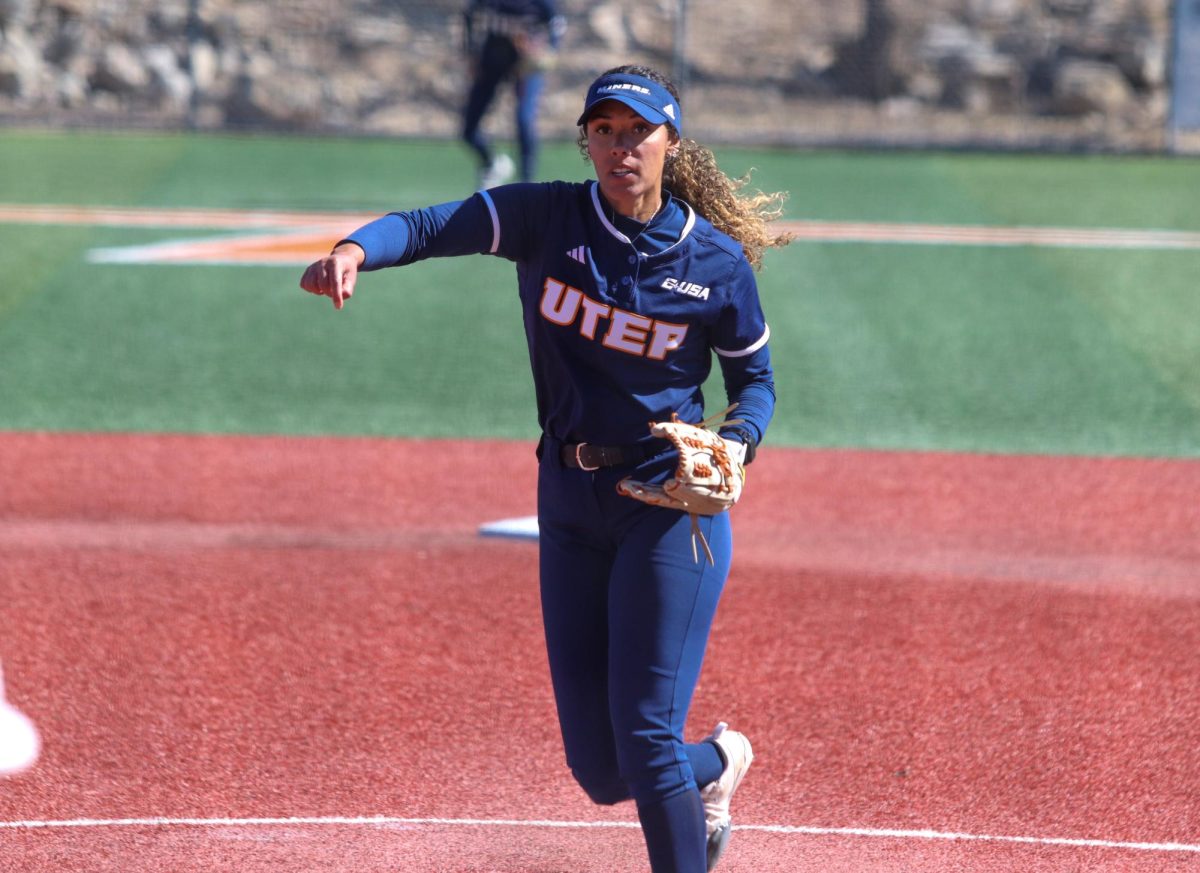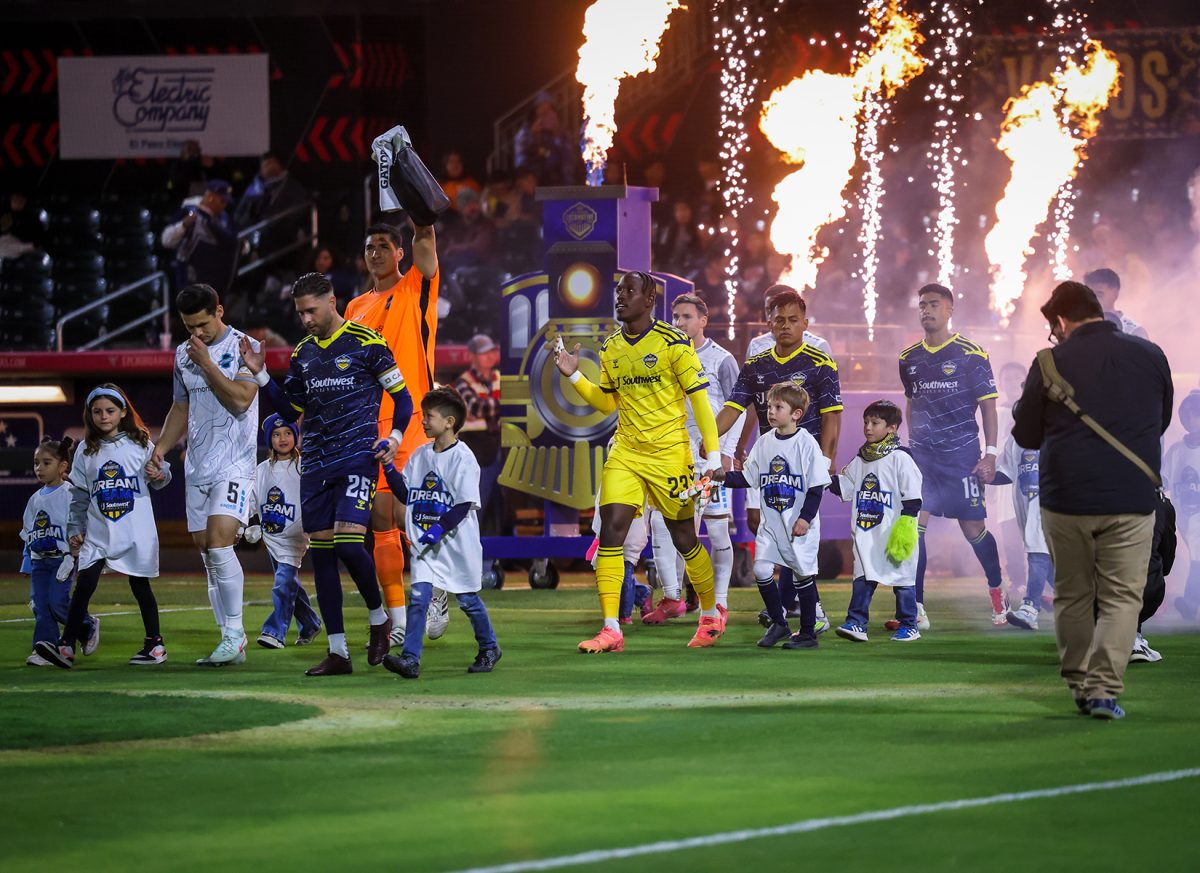It’s 2018 and people are engaging on Twitter, Instagram and Facebook like never before. These outlets have put companies from outside the sports world in an everyday competitive battle with one another as they increasingly rely upon social media to market their products and engage with their customers, with sports teams being no exception.
Social media today provides many aspects of marketing and engagement previously unavailable to teams. It changes how teams and their fans can interact and affect how often fans are exposed to content from the teams they follow. In the final quarter of 2017, social media reached 200 million people each week, according to a report by Nielsen.
Today, teams can receive feedback from fans immediately as well as respond to questions from fans.
From the moment he stepped on campus in mid-December, UTEP’s new athletic director Jim Senter has been a refreshing presence. This is the change that the UTEP athletic department needed to make to rebound from a long decade of decline in fan involvement.
Whether it’s his engagement with Miner fans on Twitter or the way he greats everyone he meets with a big smile and a “thank you for what you do,” the man just simply gets it. Senter went as far as to buy a fan’s lunch one afternoon at Schlotzsky’s a couple weeks back. Unfortunately, no one showed to enjoy the free offer.
The good news is that it doesn’t end with Senter, as UTEP’s new head football coach Dana Dimel and the rest of his staff have continuously engaged with fans and players on Twitter, creating a full-new identity that UTEP has never seen before.
On Jan. 15, former Texas Longhorn player Kai Locksley announced his commitment to the UTEP football program. Locksley’s decision to come to the Sun City denied rival New Mexico State, who also offered the fourth-best JUCO quarterback, according to 247Sports.
While it could have been Dimel’s heavy ties in Texas recruiting, Locksley’s verbal commitment could also be contributed to Senter and Dimel’s tweets and possibly even UTEP fans’ engagement on Twitter.
Throughout the week prior, Dimel’s tweets brought fans excitement and connectivity between them and Senter. The hashtag #EPMAD, which is short for “every person makes a difference,” has already become its own special brand between the UTEP Twitter community and you can find it in nearly every tweet from Senter.
It took just this small group of people to see the advantage a program can have with constant engagement on a social media platform. Even Locksley himself noticed the change on the night of his commitment with the use of “#newera” in his official commitment tweet.
The next step UTEP will need to make for improvement is with the marketing department through social media.
One of my favorite things about a sports program’s Twitter, Instagram or Facebook account is their use of graphics and GIF’s for their team and players. It’s a fun and creative way of reporting a score or stat to the fans that create a sense of excitement. The UTEP athletic department has slowly started to connect with fans in this way after years of nothing but just words, making some steps with men’s and women’s basketball this season. UTEP has created graphics for gameday, starting lineup, halftime score, final score and player of the game, which is a step in the right direction, but they need something more.
Take a look at the professional sports accounts or the big collegiate programs like Alabama, Oregon or Texas, who for nearly every play, provides a different graphic, GIF, or something to make them stand out from other schools. Getting a face from the marketing department out in the social media world everyday will guarantee interest from fans, the people just have to show they care.
Yes, these programs have bigger markets, but visuals have become essential with a significant 85 percent of marketers using visuals in their marketing and 73 percent of which will plan to increase their use of visuals, according to a new 2017 report by Social Media Examiner.
However, there can be risks to the increased role of social media—ones that teams must always consider and monitor. Social media introduces an aspect previously unavailable and largely what makes it so popular. When content is being dispersed instantly via Tweets or live video, for example, undesirable content can be shared unintentionally, which can impact the integrity of the brand.
For this reason, teams must always balance pushing content often and swiftly with monitoring the content they are producing. This is especially true when players and others are generating content.
Maybe, just maybe, if UTEP can continue toward this path of change through social media, the product on the field will improve as well. I know with the handful of passionate Miner fans on Twitter, these interactions have always been a concern.


